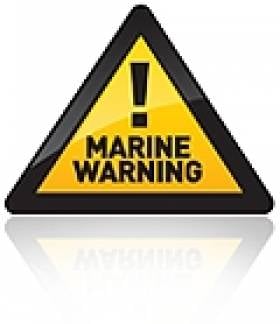About Currachs
A currach is a type of boat unique to the west coasts of Ireland and Scotland. Traditionally, currachs have a wooden frame over which animal skins or hides are stretched. These days, the wooden frame is more likely to be covered in canvas, which is then painted with tar to make it waterproof.
"Naomhóg" is the name given to the type of currach which used by coastal communities in Cork and Kerry. Currachs differ from each other from region to region. Naomhógs are slightly longer than the currachs used in the West of Ireland.
Some believe that currachs first came to the Dingle Peninsula in the early 19th century. They say this type of boat was introduced from Clare, where currachs are known as "canoes".
Currachs are a unique type of boat that can be found on the west coasts of Ireland and Scotland. These boats are traditionally constructed using a wooden frame over which animal skins or hides are stretched. While this practice is still observed by some, many modern currachs now feature a canvas covering which is painted with tar to make it waterproof.
In coastal communities located in the Cork and Kerry regions, a specific type of currach is used which is known as a Naomhóg. Naomhógs are slightly longer than other types of currachs used in the West of Ireland. It is believed that currachs were first introduced to the Dingle Peninsula in the early 19th century, having been brought over from Clare where they are known as "canoes".
Despite the fact that currachs have been in use for centuries, the different regions in which they are used have developed their own unique variations. As such, currachs can differ from one another significantly depending on their geographic location. Nonetheless, these boats remain an integral part of coastal communities, serving as a reminder of our shared maritime heritage.

























































